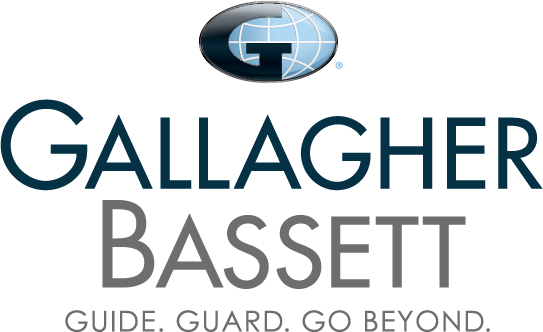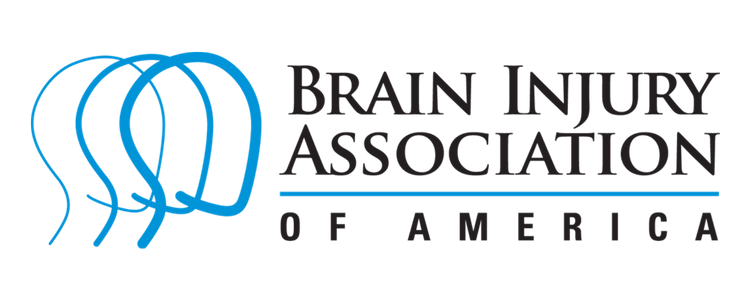Brain Injury Awareness
Every March, the Brain Injury Association of America (BIAA) leads a campaign to bring awareness to the public about brain injuries during “Brain Injury Awareness Month.” The theme for this year’s campaign is “Change Your Mind.” According to the BIAA, every nine seconds, someone in the United States sustains a brain injury. The leading cause of traumatic brain injury is falls, which make up 40.5% of all injuries. Being struck by or against an object accounts for about 15.5% of all traumatic brain injuries. The full list of facts regarding brain injuries is shown here.
Short and Long Term Effects of Head Injuries
The short term effects of a brain injury are the aches and pains from initial contact. When struck by an object, one will experience immediate pain to the area, followed by a headache and possibly impaired vision. A short term injury to the head can also turn into a concussion, a mild traumatic brain injury that can cause dizziness, confusion, lack of coordination, and excessive fatigue.
However, long term effects of brain injuries can be devastating for the victims and people close to them. People with moderate to severe traumatic brain injuries can experience changes in thinking, behavior, memory, and emotional stability. Over time, this level of brain injury can lead to further, more serious neurological disorders such as dementia. Other extreme cases of brain injuries also result in comas, forcing one into a vegetative state, and overall brain death. It is extremely important if you or someone you know sustains a sever head injury to get proper treatment for the condition and be aware of all its aspects.
Brain Injuries in the Construction Industry
In the construction industry, there are many hazards that could lead to serious injuries, including a brain injury. According to a 2016 NIOSH report, the construction industry has the highest amount of traumatic brain injuries in U.S. workplaces. 2,200 workers died between the years of 2003 and 2010, which represented 25 percent of all construction fatalities.
Wearing a Hard Hat
One of the best ways to protect yourself from brain injury while on the job is to wear a hard hat. Employers should make sure employees are trained properly and know when they are required to wear a hard hat. According to OSHA regulations, hard hats are required when:
- Objects might fall from above and strike workers on the head
- There is potential for workers to strike their heads against against fixed objects, like supports, beams, or other equipment
- There is a possibility of head contact with electrical hazards
When wearing a hard hat, be sure that it meets OSHA and ANSI requirements for head protection. It is also important to keep in mind that hard hats can get worn down and damaged over time. Make sure that you are checking your hard hats for signs of damage and never wear a damaged hard hat. Our safety supply store, Safety Supplies Unlimited, sells a variety of hard hats that protects one from head injuries.
How You Can Help
You can help spread awareness to help prevent brain injuries. Talk to those around you about the consequences of brain injuries and make sure that you are wearing a hard hat and other protective equipment when on the job. You can also help by supporting the Brain Injury Association of America in their campaign to raise awareness about brain injuries. Head over to their website to for more information.
TSC Med Tech Recognizes Brain Injury Awareness Month
Total Safety Consulting wants to bring awareness to the serious nature of brain injuries. In order to fully assess the needs of brain injuries, our onsite Med Tech is stationed across construction sites in New York City. There, our team of certified medics complete full assessments of injured workers and evaluate what kind of injury they have and if they need to be transported to a local hospital. Our Med Tech division is led by George Hauck, who has dedicated his career to emergency medical services. For more information regarding our onsite Med Tech, contact us today.







